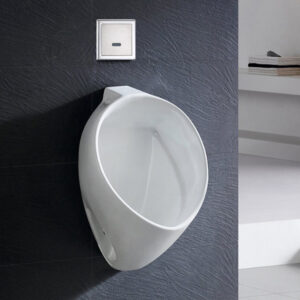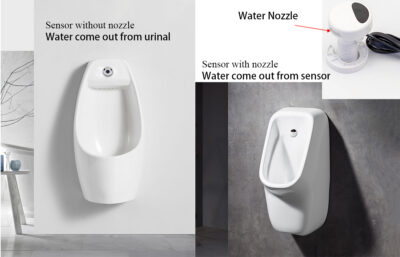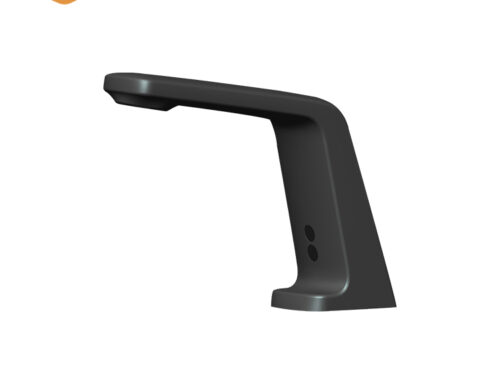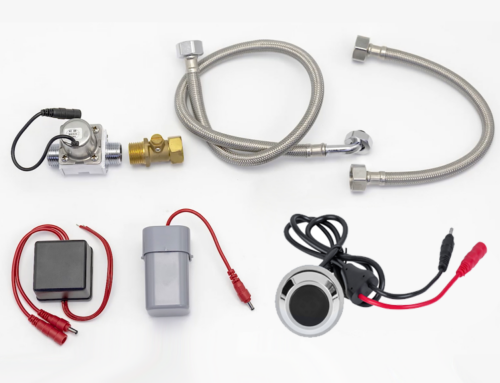Step into a modern office building, a bustling airport, or a high-end restaurant, and you’ll likely encounter a quiet, efficient revolution in public hygiene: the auto sensor urinal. This sleek, often unnoticed piece of technology has transformed one of the most germ-prone areas of a restroom into a cleaner, more efficient, and more sustainable space. But what exactly is happening behind that little black eye?
The Magic Behind the Mirror: How It Works
At its core, an automatic sensor urinal is a masterpiece of simple yet effective engineering. It operates on a principle known as passive infrared sensing (PIR). Here’s a breakdown of the process:
The sensor operates in three key steps, forming a closed “emission-detection” loop.
- Emission: An infrared LED (Light-Emitting Diode) inside the sensor emits a steady or pulsed beam of infrared light. This light is invisible to the human eye but carries energy in the IR spectrum.
- Reflection: When an object (such as a person, animal, or car) enters the sensor’s detection range, it blocks and reflects part of the emitted IR light.
- Detection & Response: A photosensitive receiver (usually a photodiode or phototransistor) in the sensor captures the reflected IR light. It converts the light signal into an electrical signal, which is then processed by a built-in circuit. Once the signal exceeds a preset threshold, the sensor triggers an action—like turning on a solenoid valve, letting the sensor faucet dispense water, or turning on a light, sounding an alarm, or opening a door.
This entire hands-free process eliminates the need for handles, buttons, or levers, which are notorious for being hotspots for bacteria and germs.
Flushing with a Purpose: The Key Benefits
The adoption of sensor-operated flushers isn’t just about a “cool factor”; it delivers tangible advantages for hygiene, cost, and the environment.
- Enhanced Hygiene and Cleanliness: This is the most significant benefit. By removing the need for physical contact, sensor urinals drastically reduce the spread of germs and cross-contamination. This creates a more sanitary environment for all users and contributes to better public health, a concern that has become paramount in recent years.
- Significant Water Conservation: Forget about the old, leaky handles that cause urinals to run constantly. Auto-flush systems are programmed to dispense a precise amount of water per use. They also prevent “courtesy flushes” or users who simply forget to flush. For a high-traffic facility, this can lead to reductions in water usage by up to 30-50%, translating to lower utility bills and a smaller environmental footprint.
- Improved Odor Control and Maintenance: A urinal that flushes every time it’s used is a cleaner urinal. Consistent flushing helps prevent the buildup of uric acid and other residues, which are the primary cause of unpleasant restroom odors. This makes the environment more pleasant and can reduce the intensity and frequency of cleaning required.
- Operational Efficiency and Cost Savings: While the initial investment is higher than a manual flush valve, the long-term savings are substantial. Reduced water bills, fewer repairs due to vandalism or wear-and-tear on mechanical handles, and less labor for custodial staff all contribute to a strong return on investment for facility managers.
The auto sensor urinal is a perfect example of how smart technology can seamlessly integrate into our daily lives to solve common problems. It’s a small change that makes a big impact—promoting health, saving money, and conserving our planet’s vital resources.



